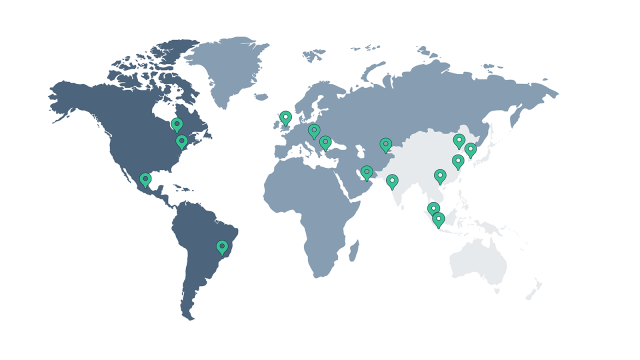LBBW has reached another milestone with regard to sustainability and further developed its approach to green bonds. As of today, the new Green Bond Framework (GBF) is online, which the bank has adapted specifically with a view to the EU taxonomy. This was a real tour de force, as it involved collecting and processing a wealth of data.
But the effort was worth it, as the second party opinion (SPO) from the independent sustainability rating agency ISS ESG shows. This is because the experts from ISS ESG confirm that LBBW has aligned its GBF with the EU taxonomy in key areas. They also recognize a "significant contribution" to the Sustainable Development Goals of the United Nations in LBBW's Green Bond Portfolio. Previously, LBBW also voluntarily aligned its GBF with the ICMA (International Capital Market Association) green bond market standard.
LBBW Increases Volume of Green Assets and Green Bonds
The latest allocation and impact reporting for the 2021 financial year is also available as of today. Here, too, LBBW can report success, with green assets rising by around EUR 2bn last year.
Overall, LBBW’s green bond portfolio consists of two parts: energy-efficient buildings and renewable energy (wind and solar). The business volume for energy-efficient buildings increased significantly last year and now comes to EUR 6.8bn – corresponding to a rise of almost 30%.
LBBW is Europe’s Second-Largest Issuer of Sustainable Bonds
Sustainability is the mega-issue of our time. Companies that fall behind here will face difficulties in the future. This is partly due to political requirements such as the EU taxonomy. As one of the largest issuers of sustainable bonds among European commercial banks, LBBW advises its customers and offers a wide variety of financial solutions, for example in the area of ESG (environmental, social, governance) bonds.
Want to find out more about LBBW’s green bond portfolio and its positive environmental effects? You can read up on all information in detail at www.lbbw.de/green-bond.
New EU Taxonomy Regulation in Force Since Start of The EU
Taxonomy Regulation has been in force since the beginning of 2022, causing plenty of movement on the green bond market. The EU taxonomy was developed in the context of the planned restructuring of the European economy. The goal is to make the continent climate-neutral by 2050 at the latest. In order to promote this restructuring, the EU has drawn up a classification system for environmentally sustainable economic activities in the EU taxonomy, which defines six environmental objectives.
Klimaschutz
- climate change mitigation
- climate change adaptation
- sustainable use and protection of water and marine resources
- transition to a circular economy
- pollution prevention and control
- protection and restoration of biodiversity and ecosystems
An economic activity is taxonomy-compliant only if it meets the following four criteria:
1. The economic activity must make a substantial contribution to one of the six environmental objectives.
2. The economic activity must meet prescribed technical screening criteria.
3. Certain minimum social standards must be met.
4. It must do no significant harm, i.e. an economic activity in one of the six environmental objectives must not negatively impact any of the other five objectives.



